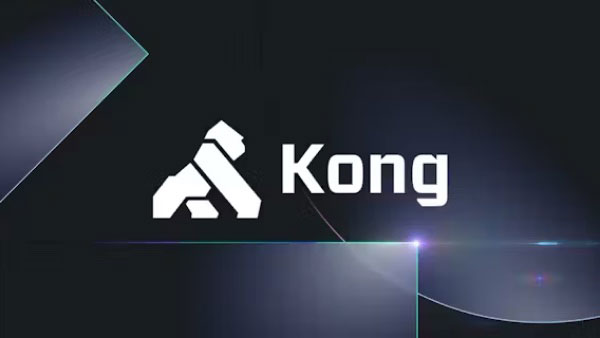Unlocking API Analytics for Product Managers

Meet Emily. She’s an API product manager at ACME, Inc., an ecommerce company that runs on dozens of APIs. One morning, her team lead asks a simple question: “Who’s our top API consumer, and which of your APIs are causing the most issues right now?”
You Might Be Doing API-First Wrong, New Analyst Research Suggests

Ever feel like you're fighting an uphill battle with your API strategy? You're building APIs faster than ever, but somehow everything feels harder. Wasn’t API-first supposed to make all this easier? Well, you're not alone. And now industry analys
Announcing the Kong Agentic AI Hackathon

Kong-quer the Agentic AI Hackathon 🚀 Calling all builders, tinkerers, and API innovators. The Kong Hackathon is back for API Summit 2025 ! This year, we’re challenging developers worldwide to create projects that don’t just react, they think , a
How to Build a Multi-LLM AI Agent with Kong AI Gateway and LangGraph

In the last two parts of this series, we discussed How to Strengthen a ReAct AI Agent with Kong AI Gateway and How to Build a Single-LLM AI Agent with Kong AI Gateway and LangGraph . In this third and final part, we're going to evolve the AI Agen
How to Build a Single LLM AI Agent with Kong AI Gateway and LangGraph

In my previous post, we discussed how we can implement a basic AI Agent with Kong AI Gateway. In part two of this series, we're going to review LangGraph fundamentals, rewrite the AI Agent and explore how Kong AI Gateway can be used to protect an LLM
How to Strengthen a ReAct AI Agent with Kong AI Gateway

This is part one of a series exploring how Kong AI Gateway can be used in an AI Agent development with LangGraph. The series comprises three parts:
Basic ReAct AI Agent with Kong AI Gateway
Single LLM ReAct AI Agent with Kong AI Gateway and LangGr
Build Your Own Internal RAG Agent with Kong AI Gateway

What Is RAG, and Why Should You Use It?
RAG (Retrieval-Augmented Generation) is not a new concept in AI, and unsurprisingly, when talking to companies, everyone seems to have their own interpretation of how to implement it.
So, let’s start with a r


